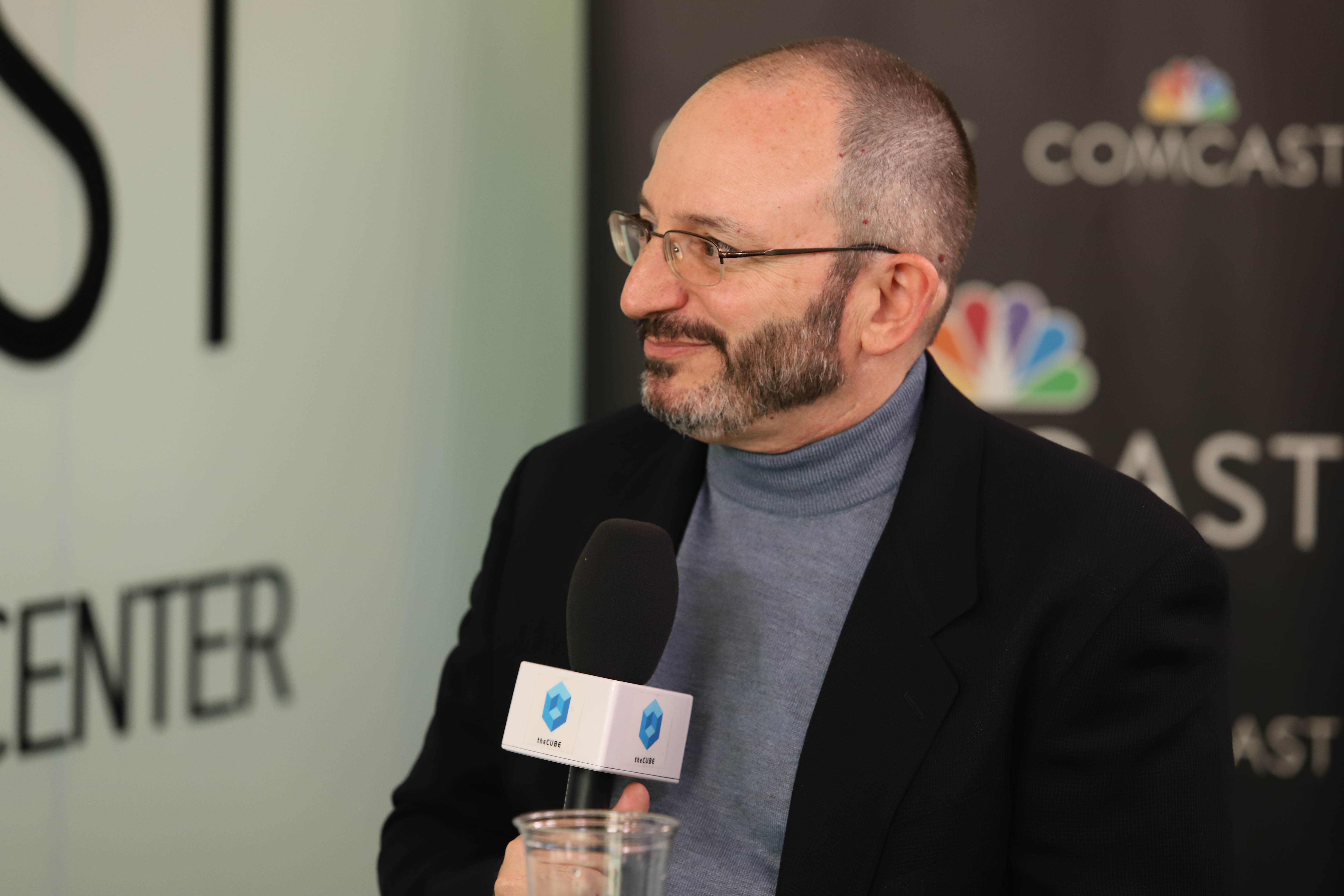 IOT
IOT
 IOT
IOT
 IOT
IOT
Imagine trying to satisfy diverse customers via a traditional call-routing system. How many options can a company provide a caller before he or she becomes impatient? How many callers will select an ill-suited option and reach someone untrained in a particular issue?
This old, paint-by-numbers model contrasts with how companies now use voice and chat to understand and serve customers. These exchanges not only allow customers to relate problems in their own language; they give companies a giant focus group and data set whose insights they can pour into the next release.
“It’s an experience where users are telling you exactly what they want to do,” said Mike Fine (pictured), cable software architect at Comcast Corp.
Fine spoke with Jeff Frick, host of theCUBE, SiliconANGLE Media’s mobile livestreaming studio, during the Comcast CX Innovation Day event at the Comcast Silicon Valley Innovation Center in Sunnyvale, California. They discussed how companies can use voice and chat data to improve products and services (see the full interview with transcript here). (* Disclosure below.)
Fine learned the power of voice firsthand through his engineering work at Comcast. When it developed its Voice Remote, it was like putting a set of ears in every customers’ living room. The company now takes in a billion voice commands a month.
“If a user sits in front of a traditional web application or mobile application and has trouble finding what they want to do — they can’t figure out what button to press, what screen to go to — you have no idea,” Fine said. A voice feature allows users to explain their problem or make a request in specific terms, on the spot. This gives Comcast the best possible feedback pipeline, Fine explained.
“We can mine those voice commands and find the popular ones that we don’t, at that point, have implemented. And if we can iterate on that cycle fast enough, we can quickly introduce new voice commands that our users are literally asking for,” he said.
Comcast is looking to add non-TV use cases for voice — for devices like home security cameras. There is even talk about delivering a sort of “home OS” for all connectable devices, according to Fine.
Here’s the complete video interview, part of SiliconANGLE’s and theCUBE’s coverage of Comcast CX Innovation Day. (* Disclosure: TheCUBE is a paid media partner for the Comcast CX Innovation Day event. Neither Comcast, the sponsor of theCUBE’s event coverage, nor other sponsors have editorial control over content on theCUBE or SiliconANGLE.)
Support our mission to keep content open and free by engaging with theCUBE community. Join theCUBE’s Alumni Trust Network, where technology leaders connect, share intelligence and create opportunities.
Founded by tech visionaries John Furrier and Dave Vellante, SiliconANGLE Media has built a dynamic ecosystem of industry-leading digital media brands that reach 15+ million elite tech professionals. Our new proprietary theCUBE AI Video Cloud is breaking ground in audience interaction, leveraging theCUBEai.com neural network to help technology companies make data-driven decisions and stay at the forefront of industry conversations.